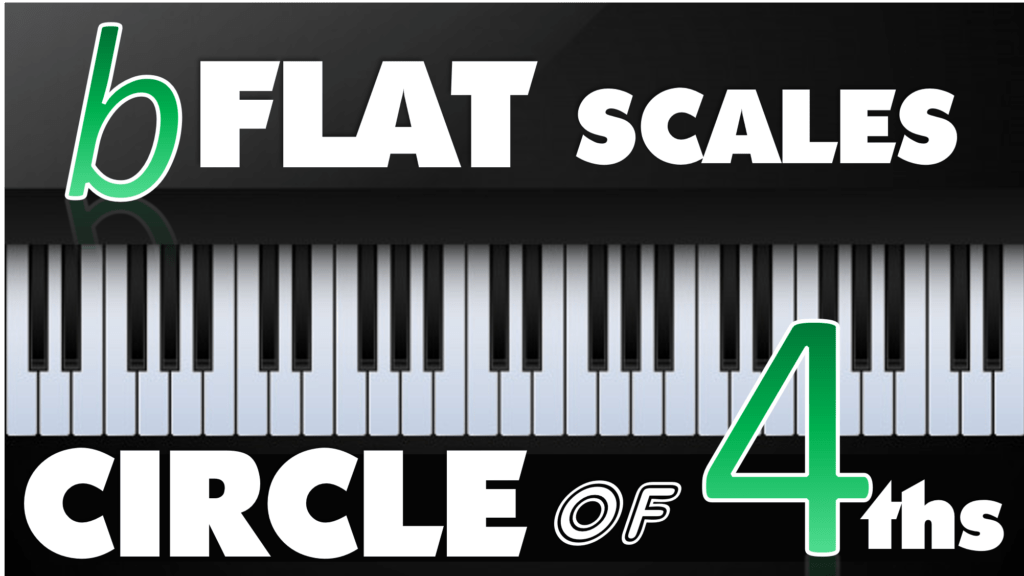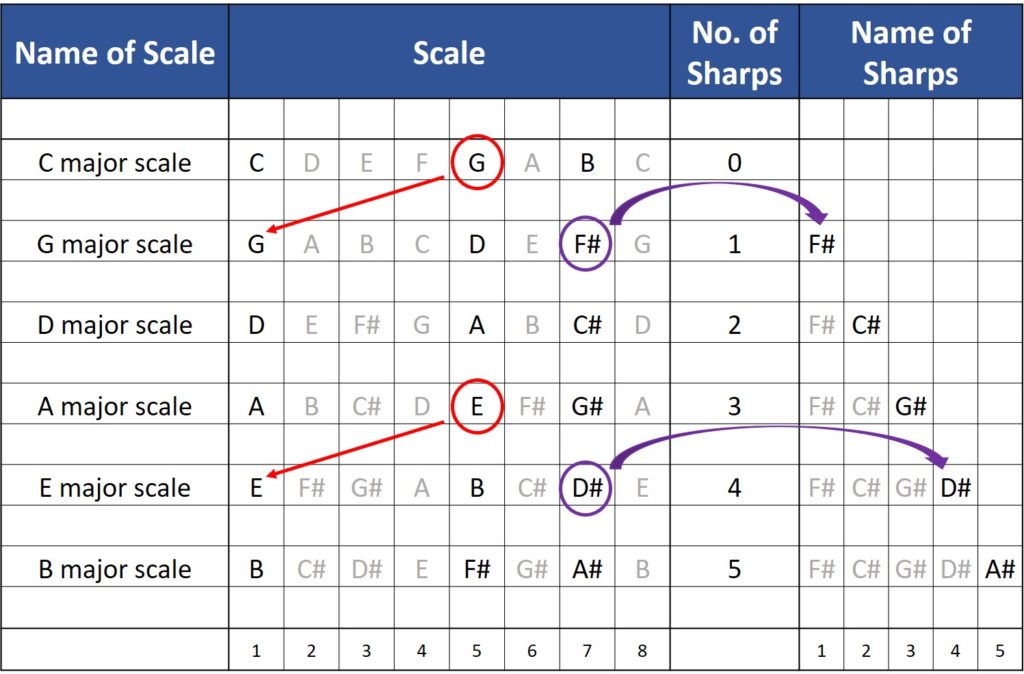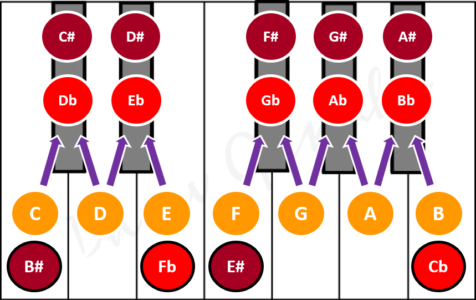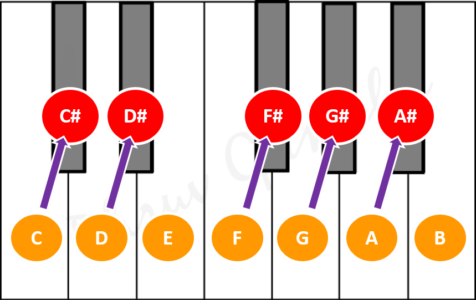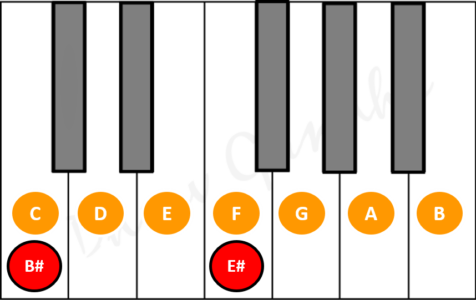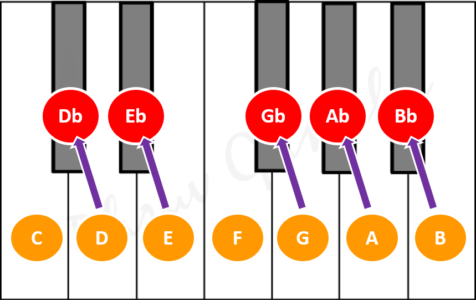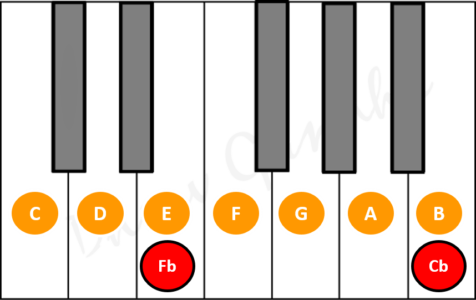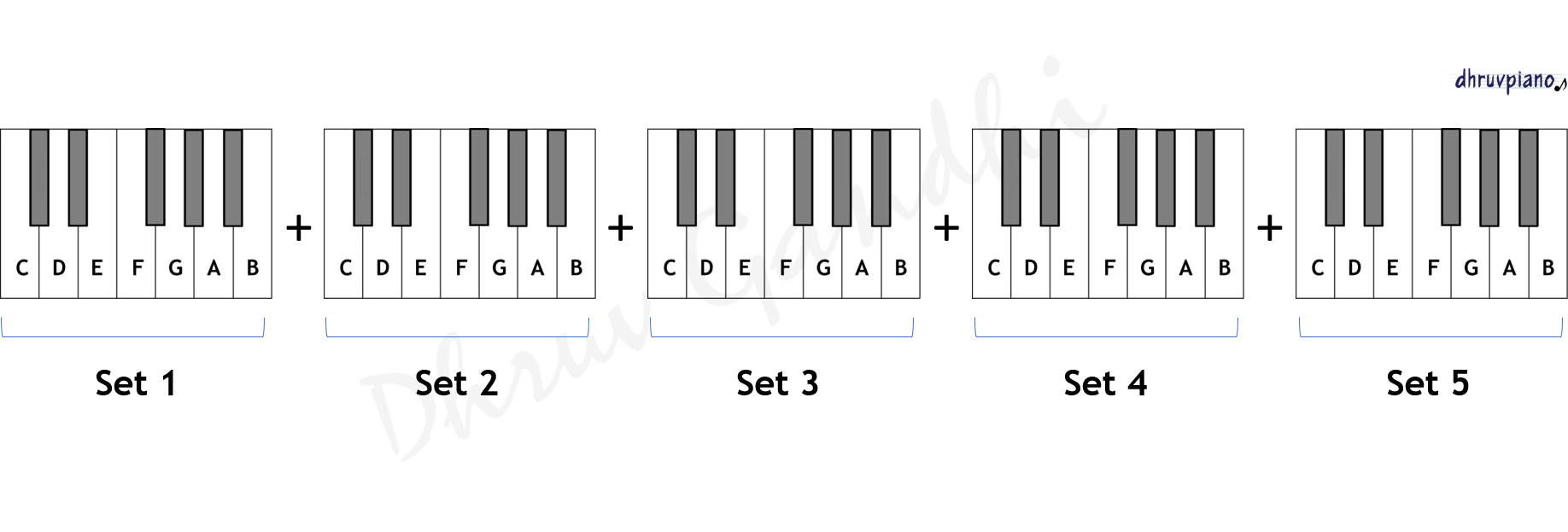In this article, we are going to learn the flat scales & circle of fourths.
Let us, deep-dive, into major scales and its analysis. As we already know, major scales sound happy. They are one of the most common types of scales, popularly used in Bollywood music.
Flat Scales: (#)
The last 6 major scales are called as the flat scales. Note that, no sharps appear in a flat scale.
The order of these 6 sharp major scales is decided by using the Circle of Fourths.

What is Circle of Fourths?
For the last 6 sharp major scales, the next scale in the sequence is the 4th note from the current scale.
For Example,
1. Let the current scale be F major scale – F, G, A, Bb, C, D, E, F. The fourth note is Bb. So, the next scale in the sequence would be Bb major scale.
2. Let the current scale be Eb major scale – Eb, F, G, Ab, Bb, C, D, Eb. The fourth note is Ab. So, the next scale in the sequence would be Ab major scale.
All 6 Flat Major Scales in a Table


